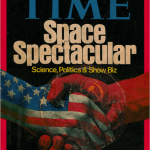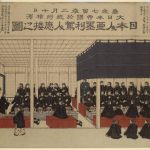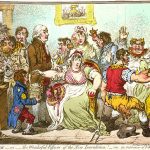by Sidarth Subramanian and Henry Roseman
From the beginning, our goal was to have a fair amount of primary as well as secondary research. We knew that there was a well-known local dairy, Lucky Layla Farms, close-by. When we contacted them, we found out that they pasteurized locally and offered tours. We interviewed some of the technicians and toured the plant. We also toured a dairy farm, and while there, bought a bottle of raw milk for our experiments.
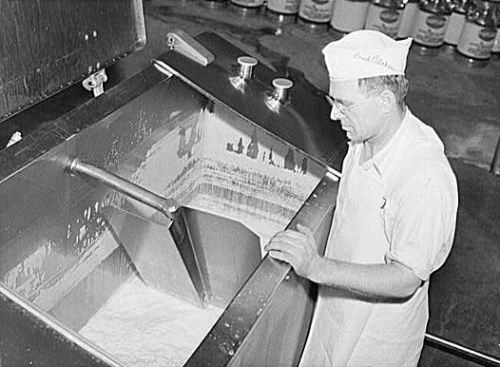
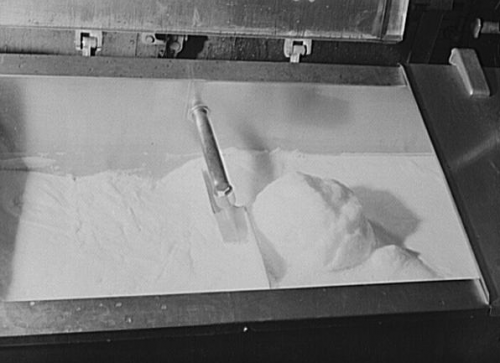
We conducted a number of experiments on raw milk and pasteurized milk. We started by doing a pH test using pH strips and a starch test using iodine. Then we looked at milk under a microscope. We also cultured the milk in an incubator for 48 hours then looked at it under microscopes. In addition, we consulted with Professor Ellen Jordan, a dairy specialist at Texas A&M University.
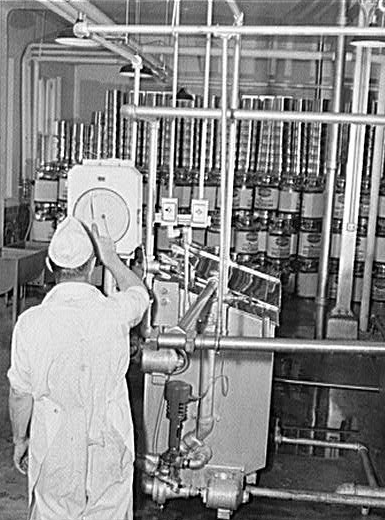
In addition to this primary research, we did a great deal of research online and discovered the contributions of Louis Pasteur and Nathan Straus. We also read many books, including Straus’ book on his journey. We continued researching even after completing the video for the regional competition. In fact, we discovered an interesting connection between Nathan Straus and Anne Frank in our research after the state competition, but it was unrelated to our topic.

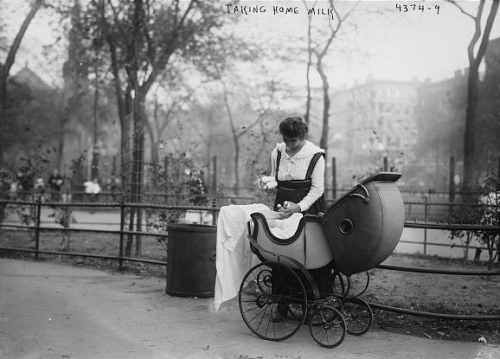
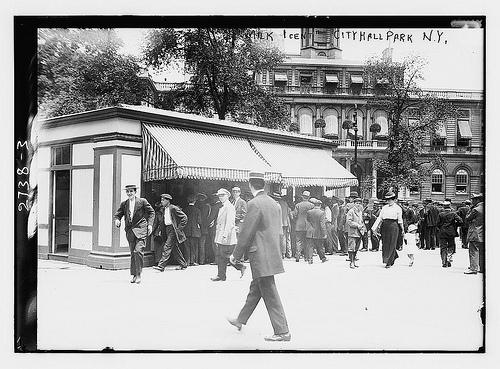
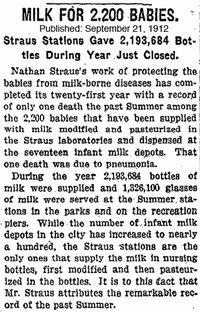
We like technology and cinematography, so we chose the documentary category. We started our documentary by collecting a lot of research. Then, we wrote the script outline. We used Power Director, Google Docs, and Dropbox to work on it together. We took turns editing the script, finding pictures, splicing video, and updating the bibliography. The last few weeks were spent editing, adding final touches, and wrapping up loose ends. After every stage of the competition, we incorporated feedback from the judges.
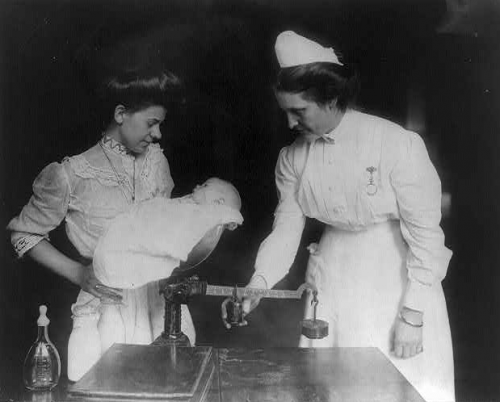
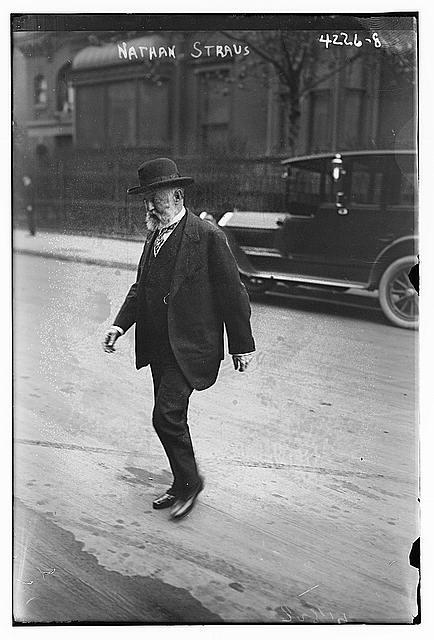
We do not think much about the milk we drink everyday. However, at the turn of the 20th century, milk was a harbinger of death to many infants. It took great science, many battles, and much persistence to reform milk production in the United States. The pasteurization of milk has revolutionized our lives today. We can consume tasty dairy products without fear of contamination because of Louis Pasteur’s discovery and Nathan Straus’ work. Furthermore, Straus’ reaction to the problem posed by raw milk led to reform in the milk industry and directed us toward national food safety. The Federal Department of Agriculture (FDA) was created as an indirect result of Straus’ campaign. Strauss’ fight for safe milk has been forgotten, but his legacy lives on every time someone drinks pasteurized milk.”
Awards:
Group Documentary (Junior Division)
Greenhill School, Addison, TX
(Teacher: Monica Bullock )
Photo credits:
All images courtesy of the Library of Congress
